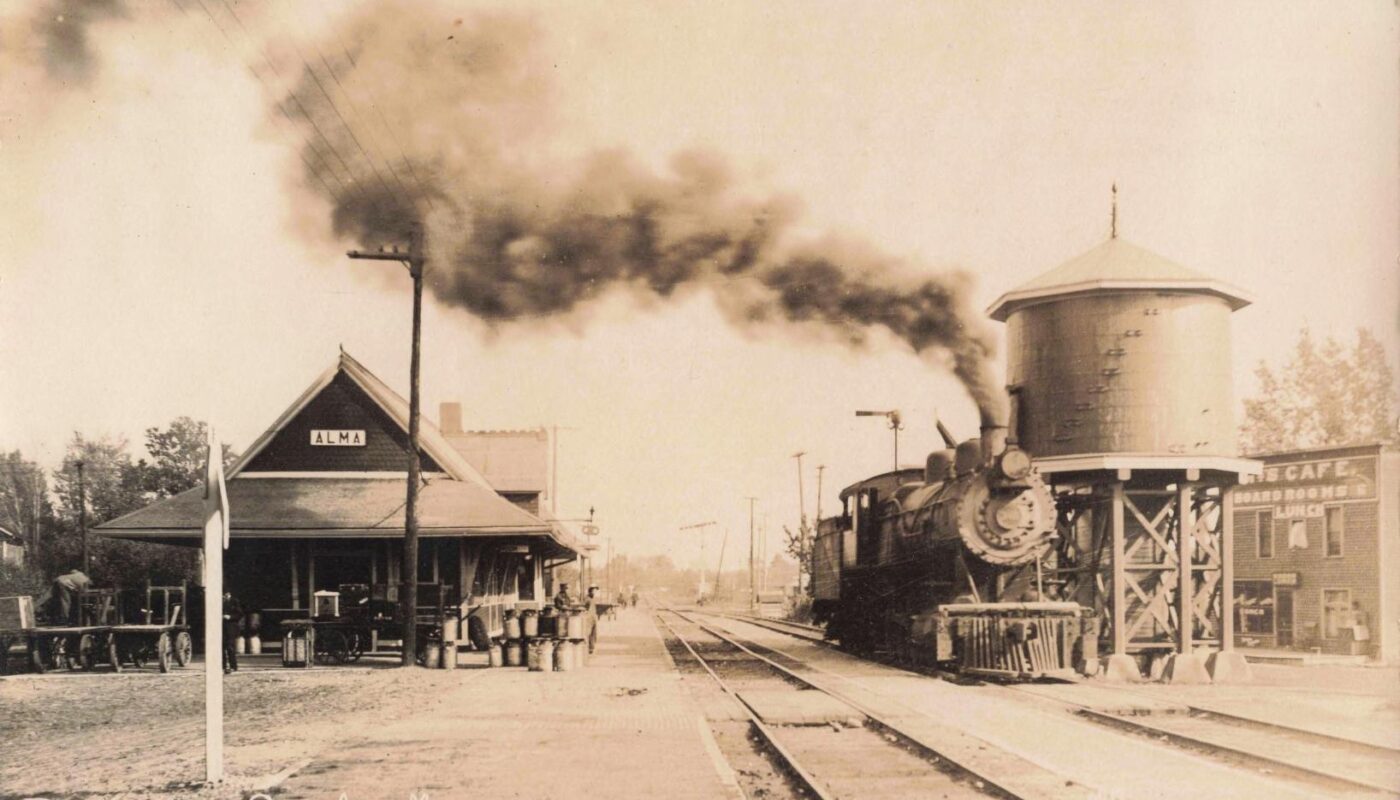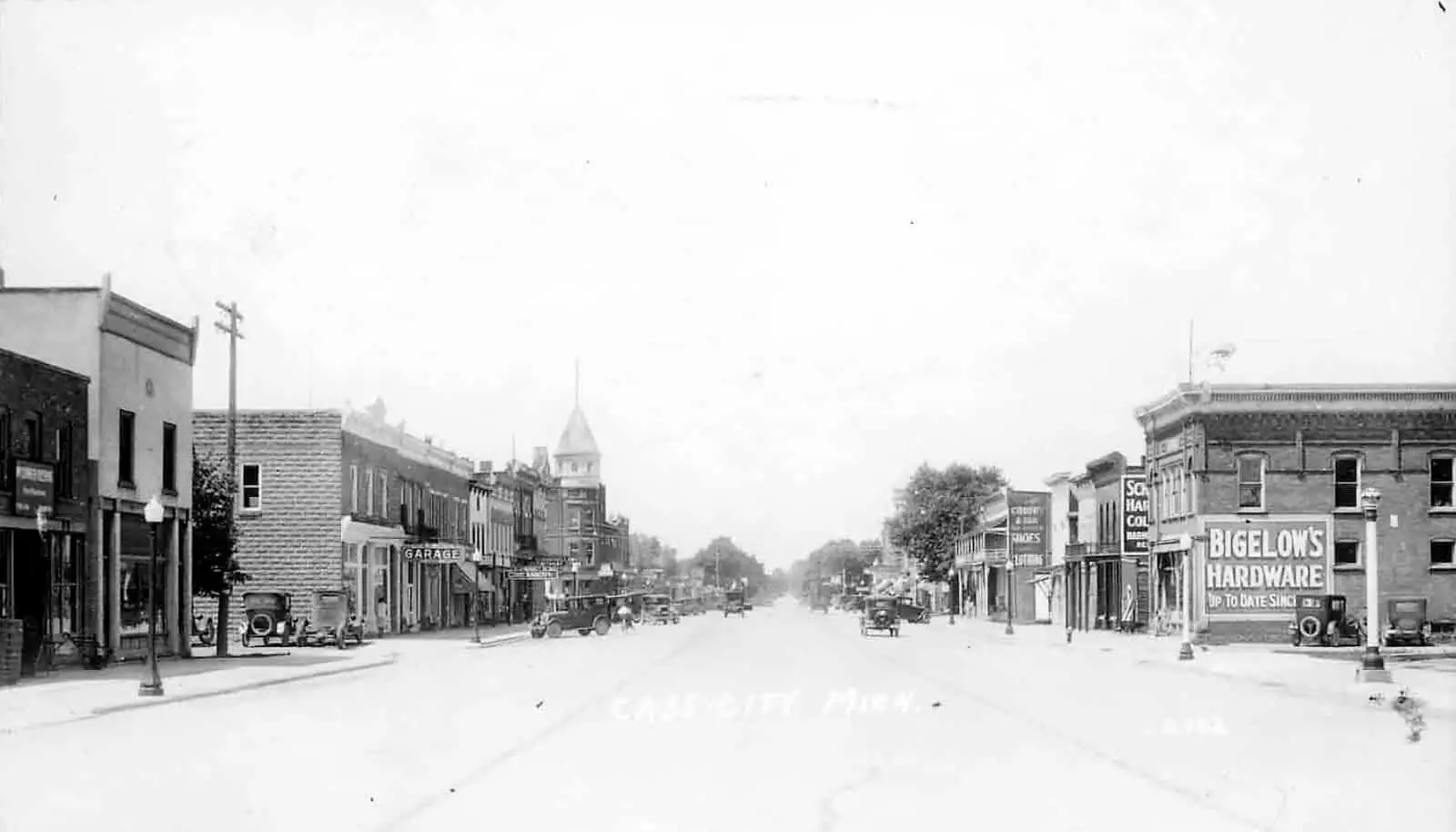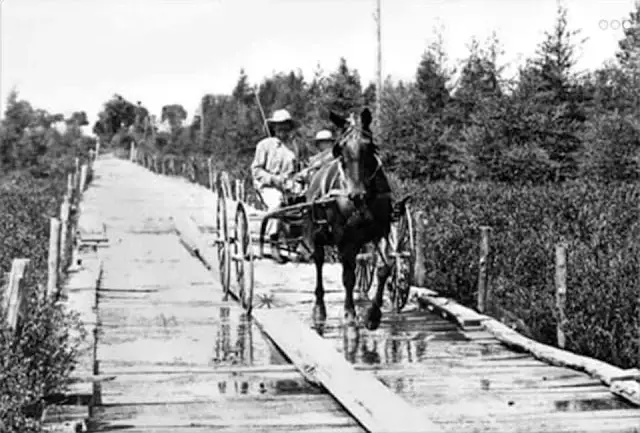History of Alma Michigan often brings to mind images of a quintessential Midwestern town – brick-lined streets, friendly neighbors, and a rich agricultural landscape. But tucked within this small community’s story is an extraordinary chapter: the early 1900s, when Alma became an industrial dynamo and contributed to the World War I effort in remarkable ways. This article explores that pivotal era in the history of Alma Michigan, highlighting its key industries, people, and legacy. Some of the buildings are still visable in Alma Michigan today.
Table of Contents
Video – You Won’t Believe How This Michigan Town Helped Win World War I!
From Lumber Town to Industrial Center
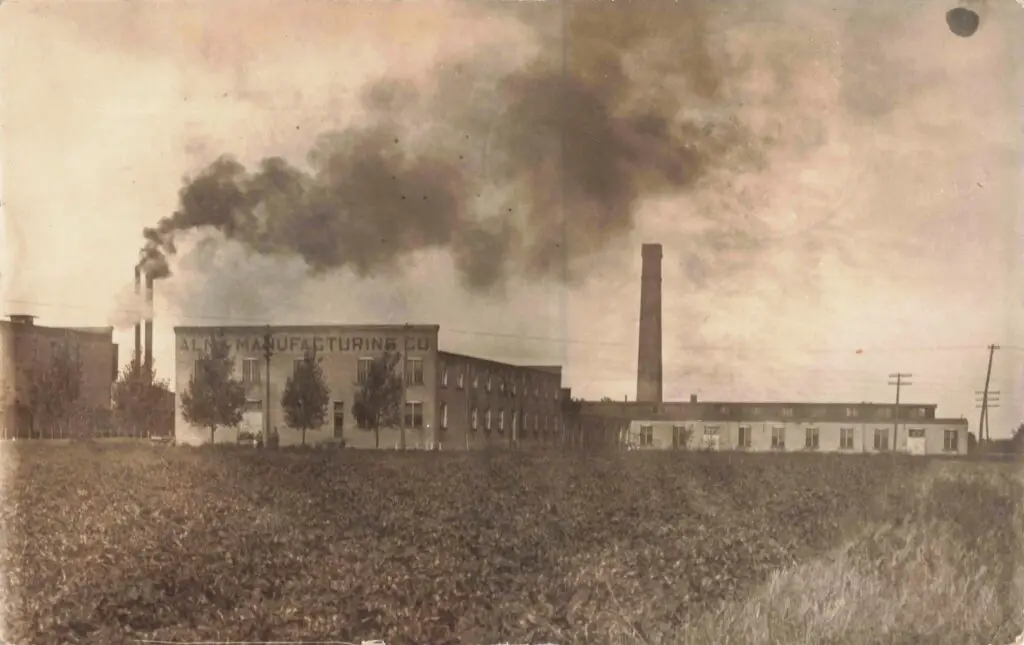
In the late 19th century, Alma’s economy was rooted in lumber. As the surrounding pine forests were exhausted, local leaders sought new opportunities. Enter the sugar beet. Around 1899, entrepreneurs built the Alma Sugar Company refinery, kicking off Michigan’s sugar beet boom. By 1906, the venture had merged into the larger Michigan Sugar Company, but the factory remained a major employer. Farmers switched from logging to beet farming, and the refinery could process 500 tons of beets per day at its peak. The History of Alma Michigan took a sweet turn – literally – as the town gained a reputation for sugar production. By 1911, the Alma sugar refinery employed 350 men and was a pillar of the local economy.
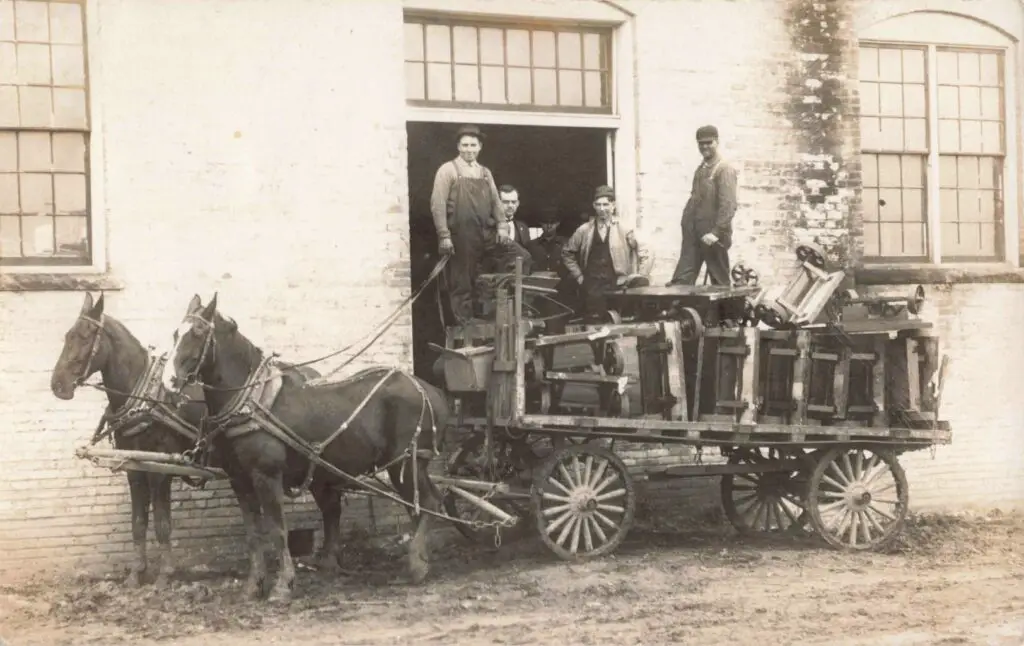
Meanwhile, another Ammi Wright enterprise rose along the Pine River: the Alma Roller Mills. Built in 1881 on Wright’s initiative, this modern flour mill (using steel rollers instead of old-fashioned stones) was critical to regional agriculture. It processed wheat from Gratiot County farms into fine flour branded “Alma’s Best.” The mill’s location by the river wasn’t just picturesque – it harnessed water power to drive the machinery until the late 1920s. The roller mill and the sugar refinery signaled Alma’s shift from a frontier town to an industrial center. By 1910, as city records show, Alma had electric streetlights, telephone service, an opera house, and a growing population drawn by these job opportunities.
Key Industries on the Eve of World War I
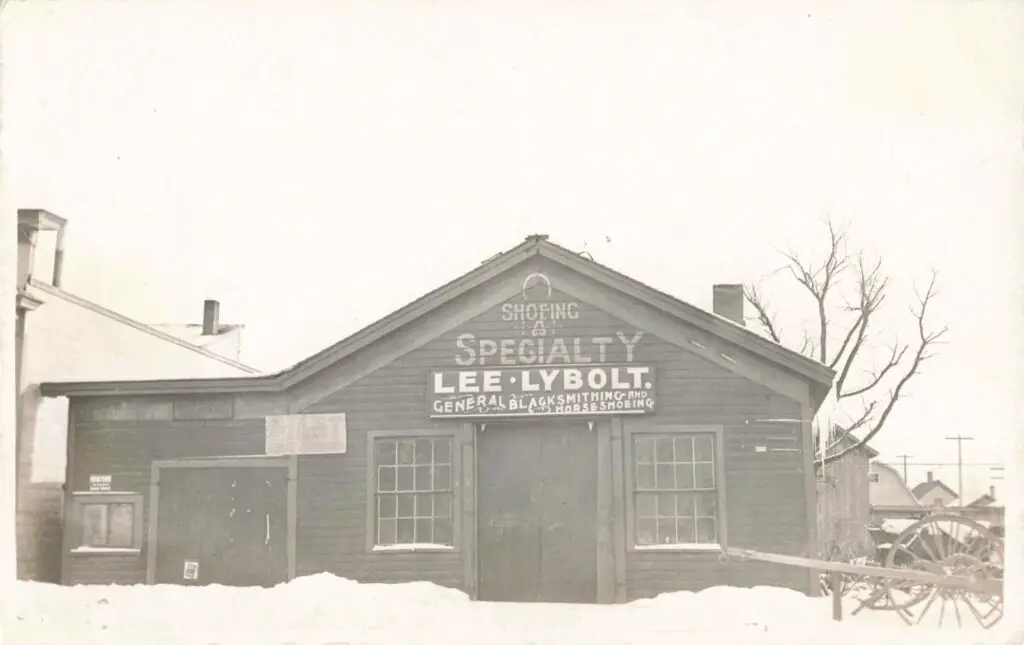
By the 1910s, the history of Alma Michigan was defined by a diverse mix of industries, large and small. Among the standouts were:
Sugar Beet Processing
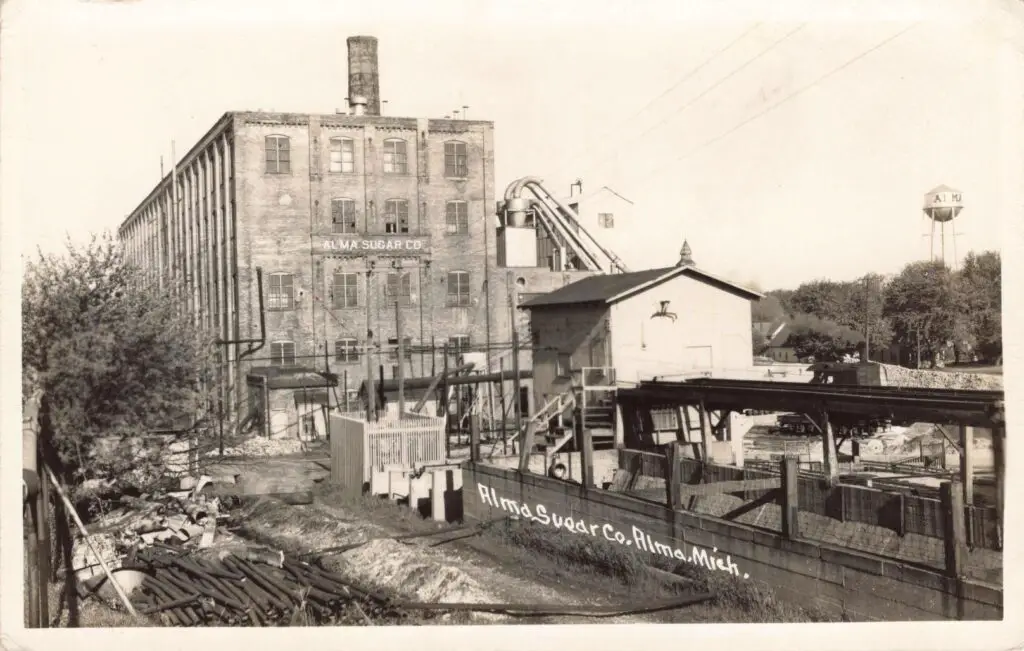
The Alma sugar factory (later part of Michigan Sugar Co.) turned locally grown beets into sugar, helping reduce America’s reliance on imported cane sugar. During World War I, when sugar was rationed and in high demand, Alma’s refinery was crucial in keeping the nation’s sweet tooth satisfied. Every bag of Michigan beet sugar mattered on the home front.
Flour Milling
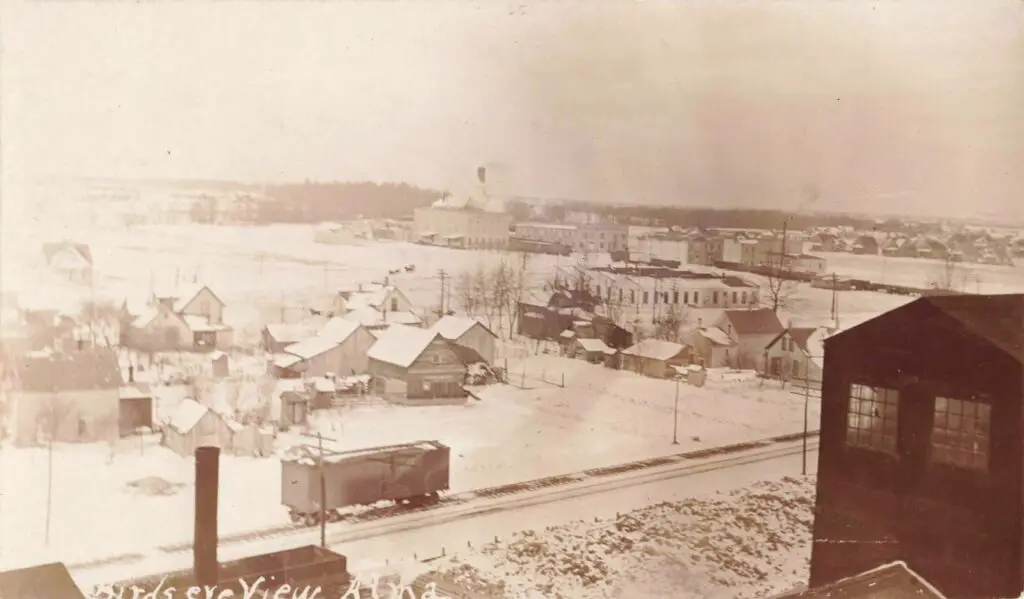
Alma Roller Mills continued to thrive, supplying flour to bakeries and households at home and possibly contributing to relief efforts abroad. With wartime wheat conservation campaigns, Midwestern flour mills played a role in stabilizing food supplies. Alma’s mill, powered first by water and later by electricity, was up to the task.
Motor Truck Manufacturing
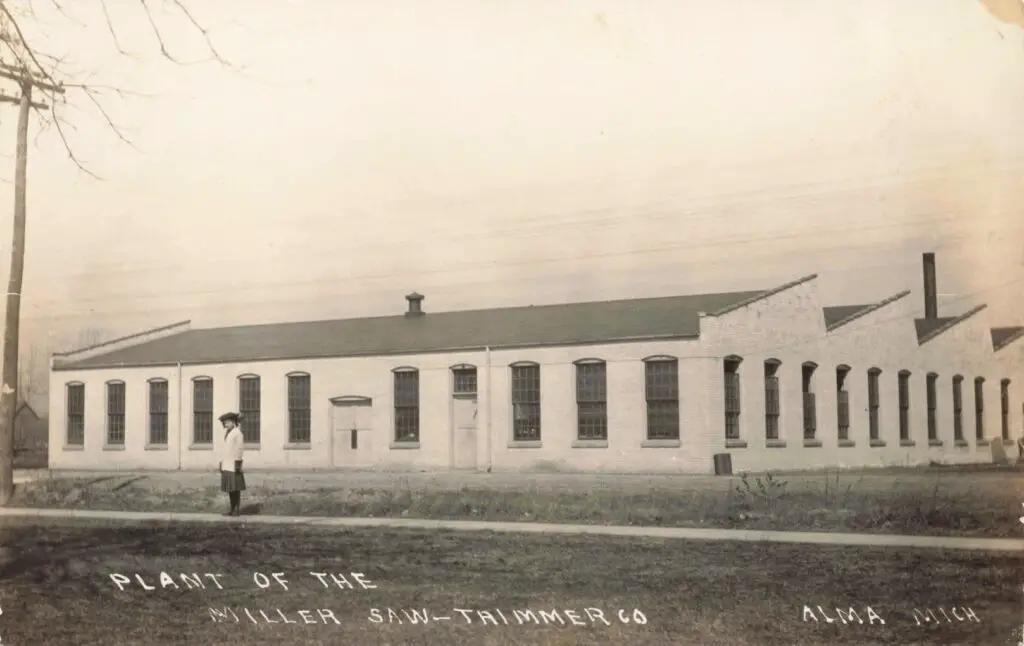
Perhaps the most dramatic development in Alma was the birth of the Republic Motor Truck Company. It began in 1913 as Alma Manufacturing Company – founded by Frank Ruggles with support from local investors – originally producing truck parts and small vehicles. As war loomed, Ruggles reorganized it into Republic Truck Company in 1914. By 1918, Republic was the largest exclusive truck manufacturer in the world. Its specialty? The “Liberty Truck,” a standardized 3-ton military truck that became the workhorse of the American Expeditionary Forces. Alma’s factory won government contracts and churned out thousands of these vehicles for the war. In fact, between mid-1917 and the Armistice, more than 40,000 Republic trucks were produce – an astounding figure that put this small town on the industrial map.
Images on this page may contain affiliate links in which we may receive a commission. See our affiliate disclosure for details.
Historic Photos of Detroit in the 50s, 60s, and 70s
Historic Photos of Detroit in the 50s, 60s, and 70s documents what a Metro Detroiter would have experienced through those decades, from the commonplace—to a visit from John F. Kennedy.
Meat and Produce Packing
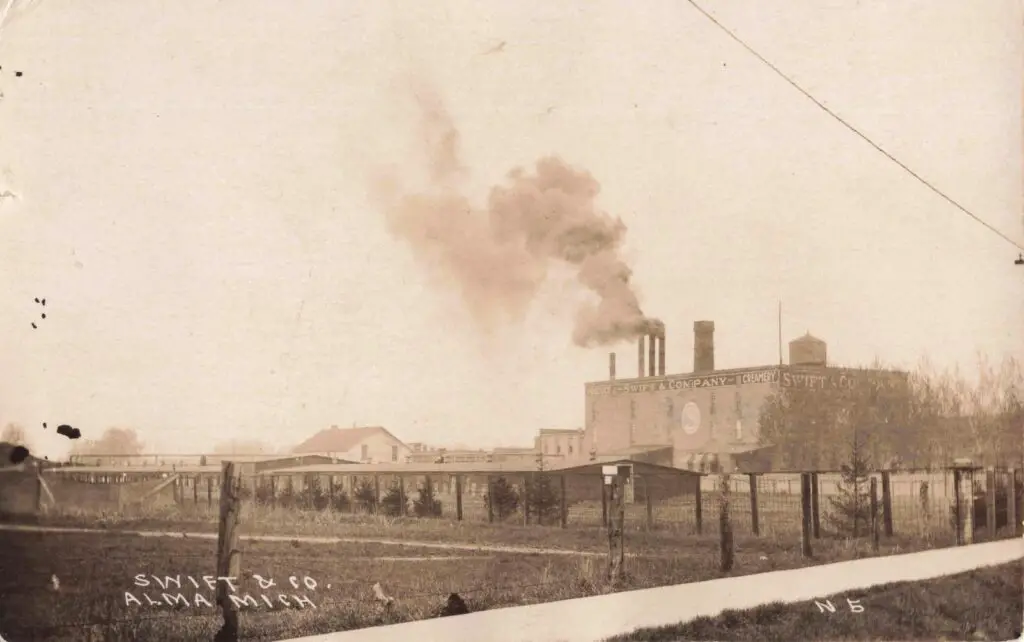
National meat-packing giant Swift & Company set up a branch in Alma in 1913, acquiring the Central Michigan Produce Company’s facilities. This plant functioned as a creamery and meat processing center. Local dairy farmers delivered milk and cream, which Swift processed into butter and canned milk. They also handled poultry and livestock. During WWI, with food supplies under strain, Swift’s output from Alma helped feed both civilians and troops. While not as glamourous as truck manufacturing, the agricultural processing sector was vital – it kept the army provisioned with essentials like dried eggs, canned meats, and dairy products.
Other Enterprises
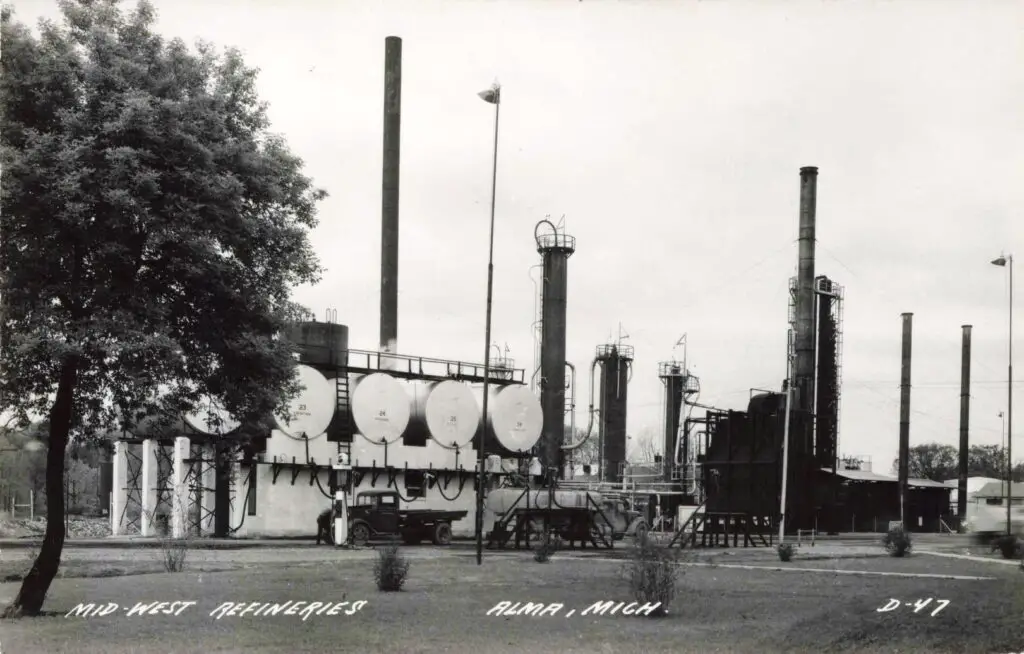
Alma hosted other factories as well. For example, the Little Giant Hay Press Company (founded 1910) built hay balers and later paper balers – machines that may have seen use in military supply depots or farms freeing up manpower for war. In 1910, the national firm Libby, McNeil & Libby opened a canning plant in Alma, which expanded into pickle packing by 1917. These businesses complemented the big industries, rounding out a robust local economy.
Alma’s Role in World War I
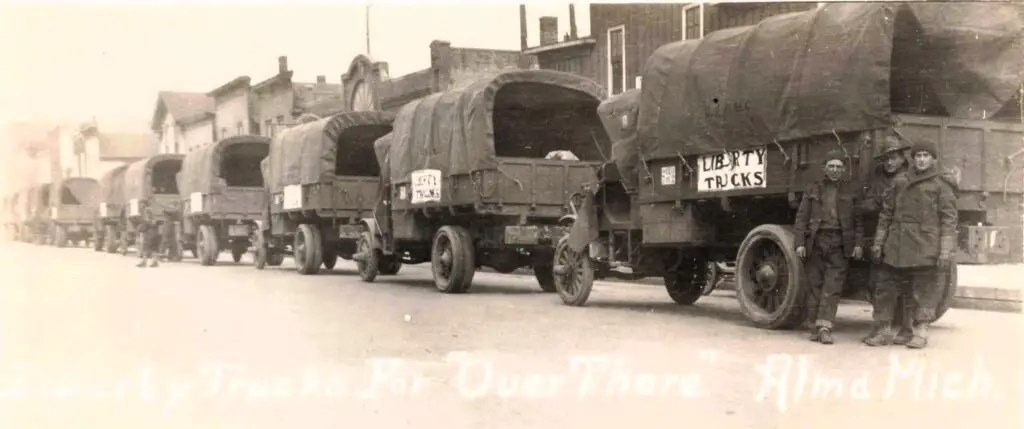
When the United States entered World War I in April 1917, Alma was uniquely prepared to contribute. The Republic Truck Company shifted almost entirely to war production. Liberty Trucks manufactured in Alma carried munitions, troops, and supplies on the muddy roads of France. This hometown company was one of the U.S. Army’s lifelines – so much so that a wartime slogan declared, “Alma for trucks,” placing the town among great manufacturing cities in notoriety.
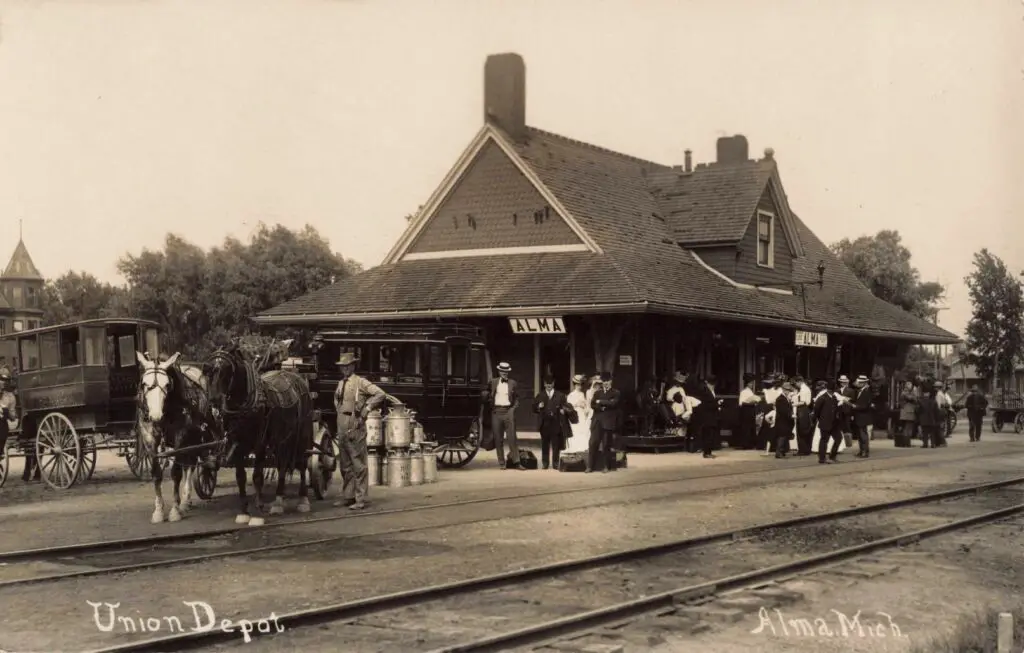
The war effort touched everyday life in Alma. Many young men enlisted, departing via train from Alma’s Union Depot, which was a hub of activity. The Pere Marquette and Ann Arbor railroads intersected in Alma, making it easy to ship out goods and personnel. Up to 18 passenger trains a day came through the Alma depot in the 1910s. Some carried local soldiers off to training camps; others were loaded with Alma-made products. It’s easy to imagine flatbed railcars stacked with new Republic trucks heading for the East Coast, or boxcars filled with sugar and canned food rattling toward larger distribution centers. This transportation network was Alma’s artery to the wider world and a key part of its wartime significance.
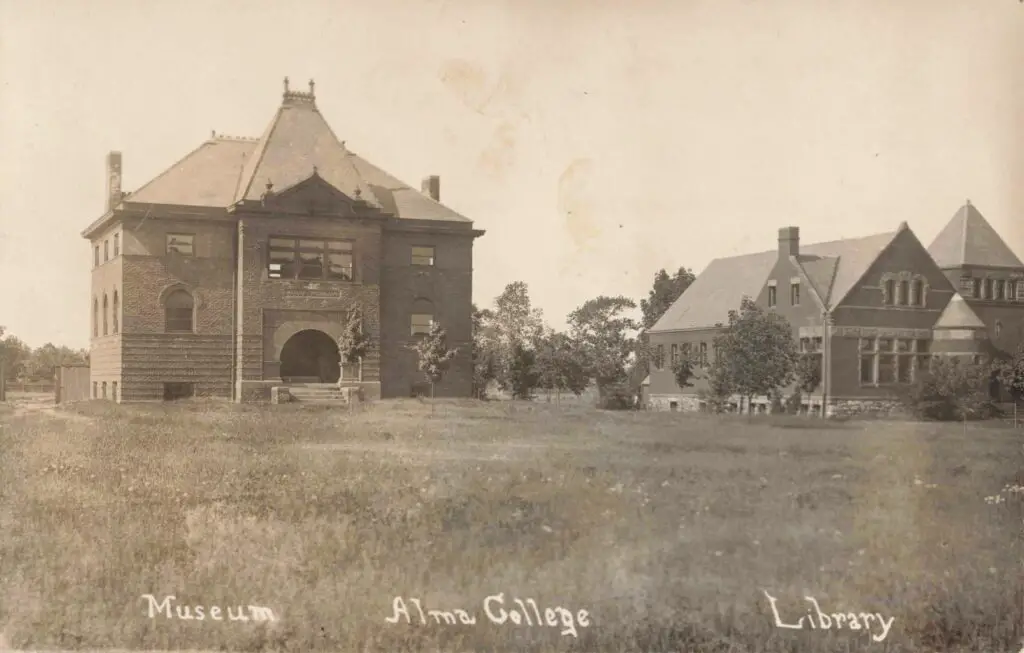
On the home front, Alma’s citizens participated in war bond drives and Red Cross campaigns, much like other American towns. Swift & Company’s Alma plant likely operated overtime to meet military contracts for provisions. The Michigan Sugar Company coordinated with federal food administrators to manage sugar stocks and support rationing programs (as sugar was among the first items rationed during WWI). Alma College (founded in 1886 with Ammi Wright’s patronage) saw its students and faculty involved in the war effort, from purchasing Liberty Bonds to organizing send-offs for draftees. Every facet of the community, from factories to farms to schools, aligned towards one goal: victory overseas and support at home.
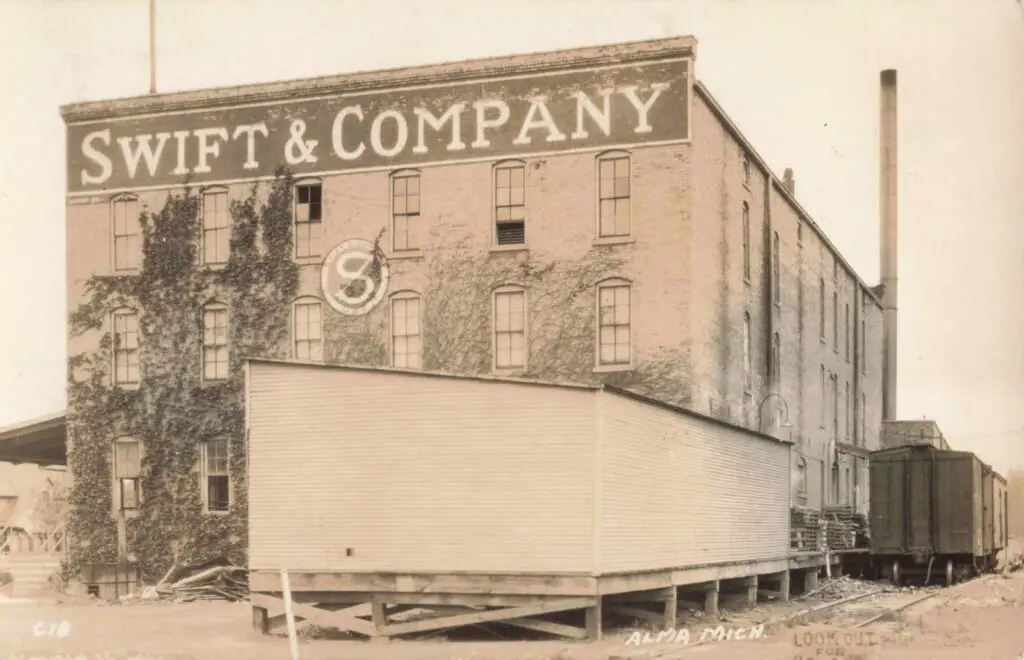
One poignant contribution was the personal sacrifice of workers. Swift & Company reportedly saw dozens of its Alma employees go off to serve in uniform during the world wars. And at the Republic truck plant, experienced machinists and mechanics left for the military, even as the factory recruited new labor (including, likely, more women) to fill their places. These stories of individuals are woven into the larger fabric of the history of Alma Michigan during WWI.
Notable Figures Behind the Growth of Alma Michigan
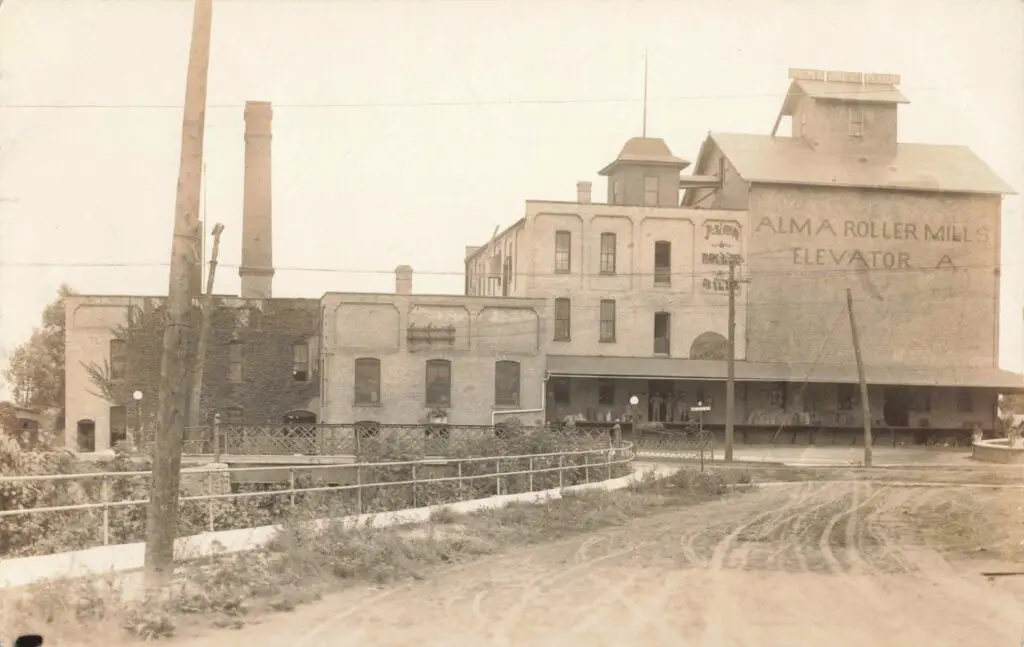
A few visionary individuals stand out in Alma’s early 20th-century narrative. Ammi W. Wright (1822–1912) is often called the “founding father” of Alma’s prosperity. A lumber baron-turned-philanthropist, Wright invested heavily in local institutions. He financed the Alma Sugar Company and built the roller mills and an opera house. He also attracted a Presbyterian college (Alma College) to the town and constructed the Wright Opera House and the Sanitarium (which became the Masonic Home). Wright’s legacy was a well-rounded town that could attract and sustain industry. When he passed away in 1912 at the age of 90, Alma’s industrial trajectory was already set in motion by his efforts.
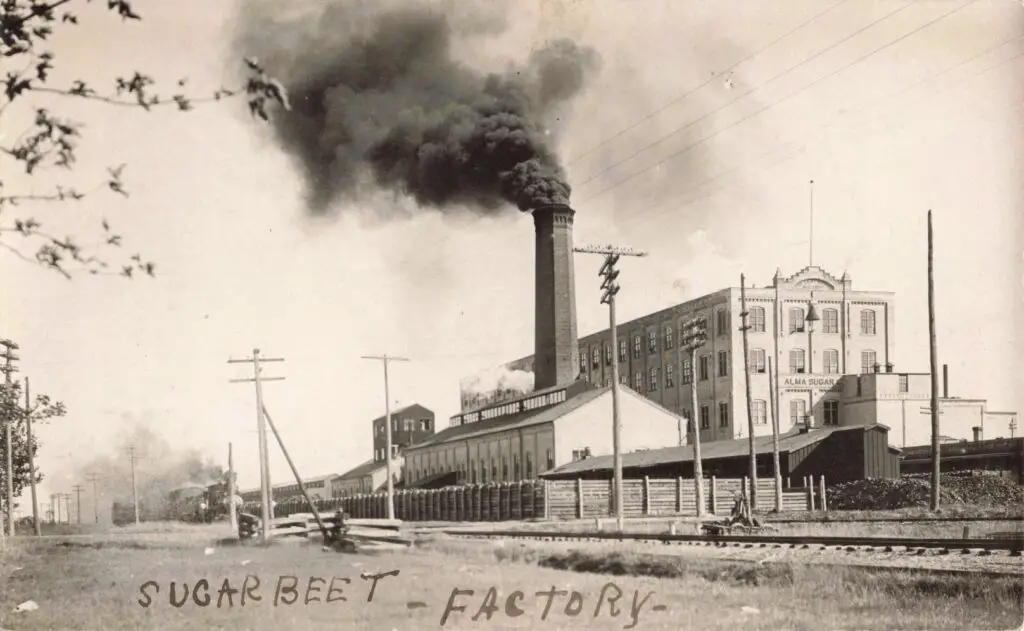
Frank E. Ruggles is another key figure. As the founder of Alma’s truck company, Ruggles combined automotive ambition with small-town entrepreneurship. He recognized the potential of motorized trucks in an era dominated by horse-drawn wagons and was quick to seize military contracts when war broke out. Under his leadership, Republic Truck Company put Alma on the map; by 1918, advertisements were boasting that Alma built one-ninth of all trucks on U.S. roads. Ruggles’ success brought national attention to Alma and provided good wages to many local families during the war years.
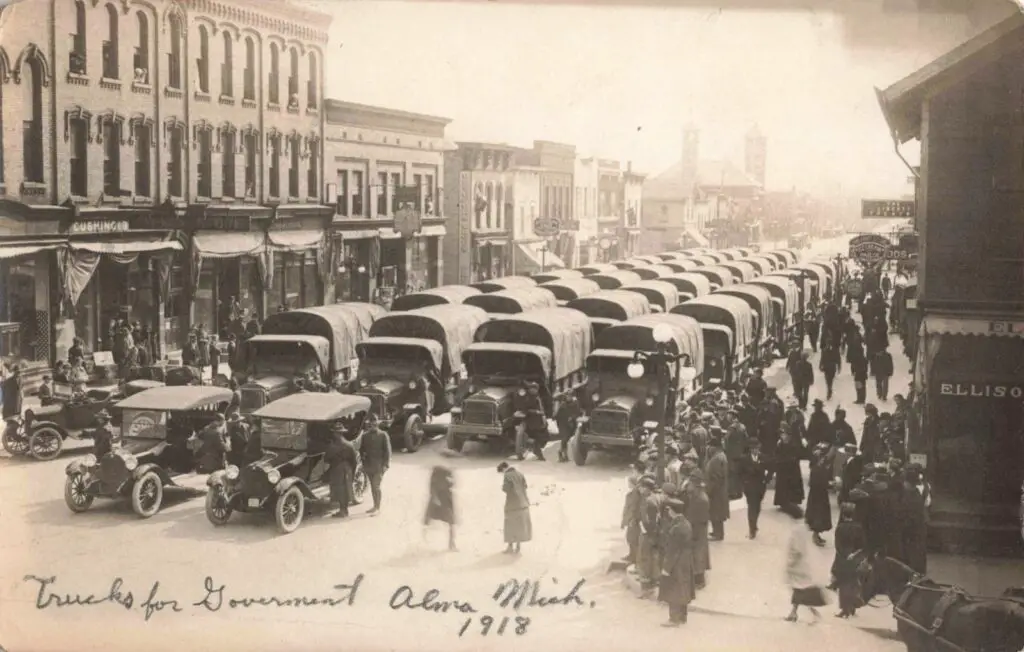
Local government and business leaders also played a role. The Alma Board of Trade (a precursor to the Chamber of Commerce) was very active. In 1915 they raised a substantial incentive package – $35,000 and a decade-long tax abatement – to ensure Republic would expand in Alma rather than relocate. This kind of public-private partnership was ahead of its time and proved crucial in securing Alma’s industrial base during WWI.
Alma’s Community and Legacy
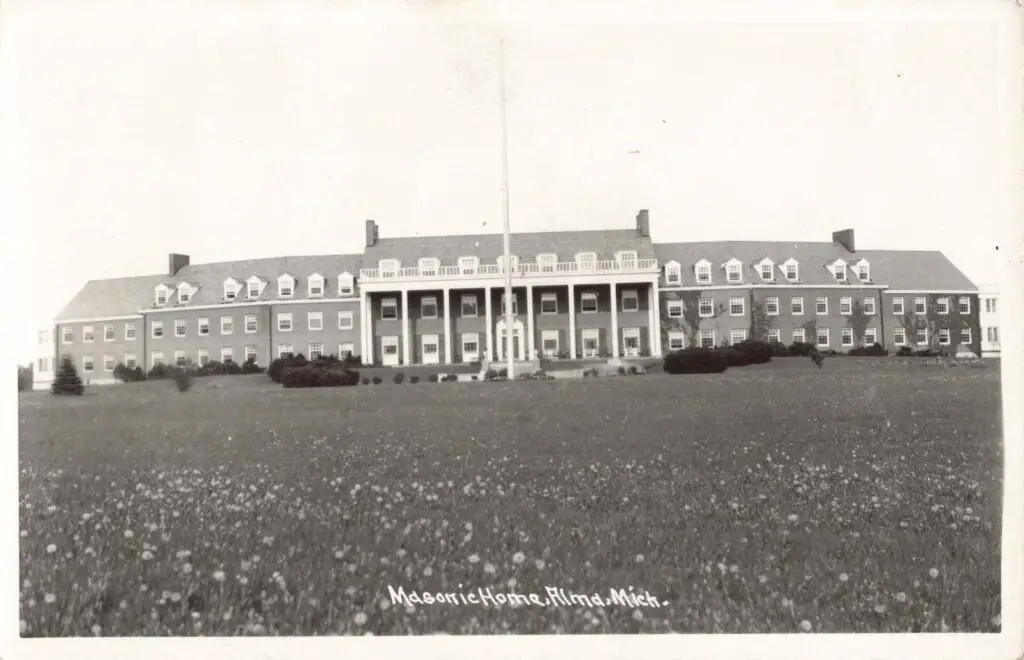
Even as factories expanded, Alma did not neglect community life. The Michigan Masonic Home opened its doors in Alma in 1911, providing a retirement sanctuary for Freemasons and their widows. The selection of Alma for this state-wide institution was partly due to Ammi Wright’s donated property and the town’s tranquil reputation. Throughout the war, the Masonic Home continued its benevolent mission, unaffected directly by the conflict but symbolizing the compassion and unity of Alma’s citizens.
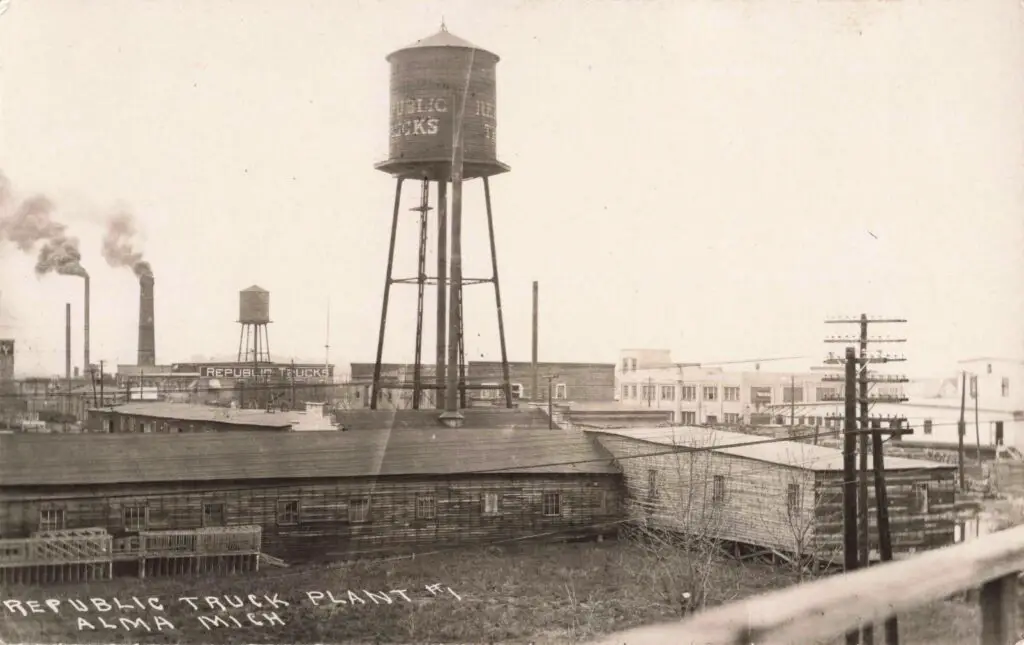
By the end of World War I in November 1918, Alma had forever changed. The war’s conclusion brought a brief economic downturn – Republic Truck Company faced decreased demand and the return of surplus military trucks, leading to cutbacks. Yet, the infrastructure and skilled workforce remained. In the 1920s, Alma’s industries adapted. Republic diversified into civilian trucks and even buses. Other manufacturers came to town (for instance, a steering wheel factory relocated to Alma in 1926). The sugar refinery continued operation well into the mid-20th century, finally closing in 1952 as farming patterns changed. Swift & Company operated in Alma for decades, evolving with the times.
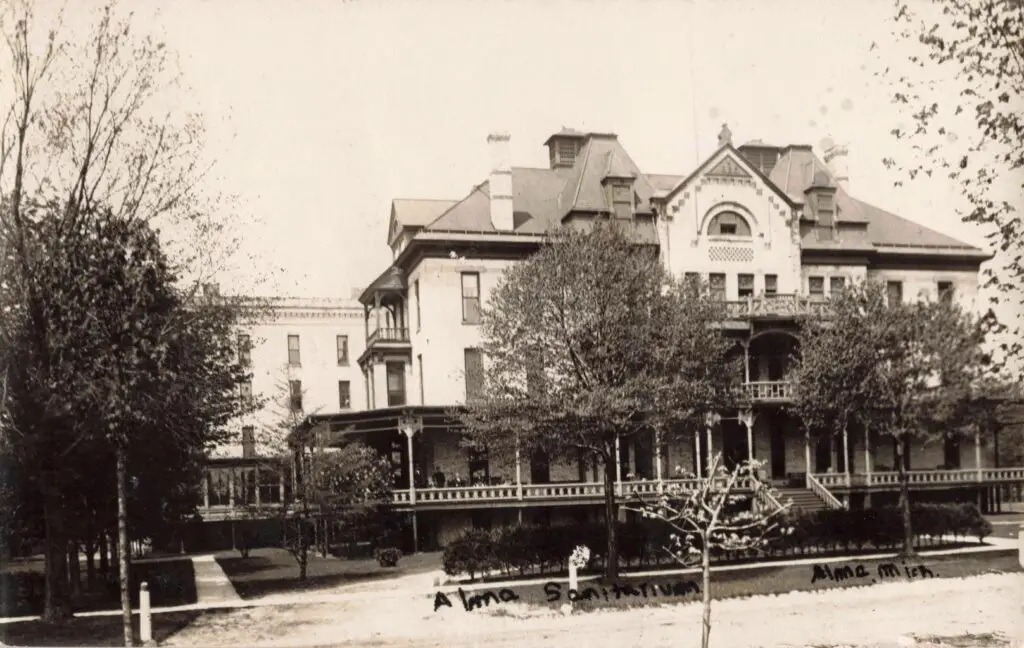
The legacy of this era is still evident today. An old Republic truck is on display at the Gratiot County Historical Museum, standing as a proud artifact of the history of Alma Michigan. The beautifully restored 1911 Alma Union Station (though no longer filled with daily trains) is a reminder of the days when the world passed through Alma’s heart. The Michigan Masonic Home, expanded and modernized, still cares for residents on the same hill where Wright’s sanitarium once stood. Alma College, the “Scots,” continues to educate new generations, having survived those war years when young men left campus for the trenches.
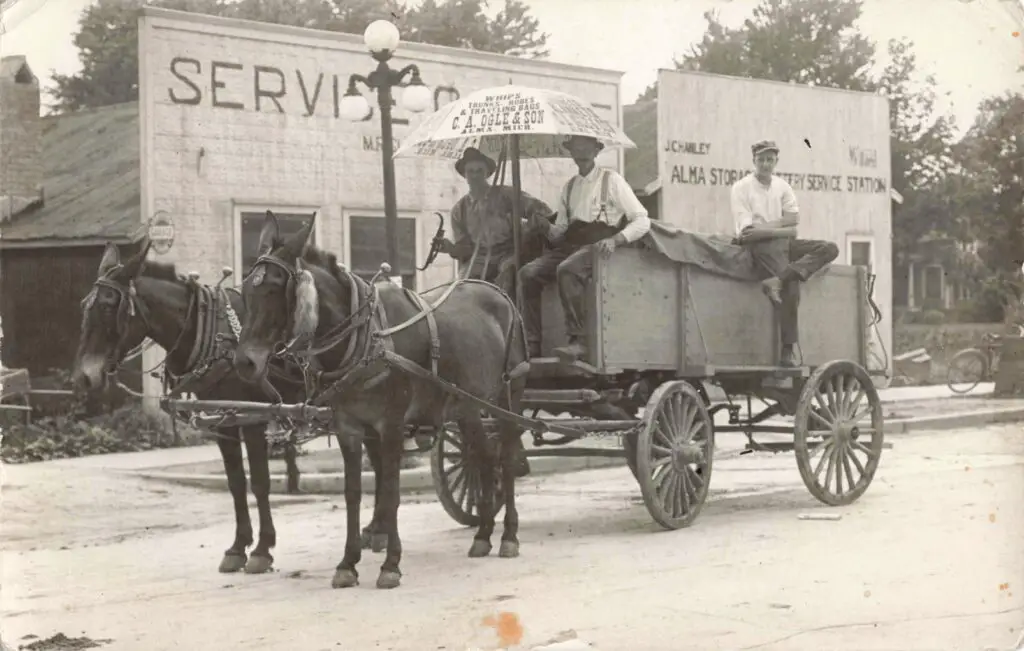
In retrospect, the early 1900s show Alma, Michigan at its innovative peak – a time when local determination met global necessity. The town leveraged its sawdust-and-soil roots to build trucks, refine sugar, can food, and truly punch above its weight on the world stage. This vibrant chapter in the history of Alma Michigan is a testament to how an American community, though far from the front lines, can be indispensable in the cause of freedom and progress.
Wrapping Up the History of Alma Michigan
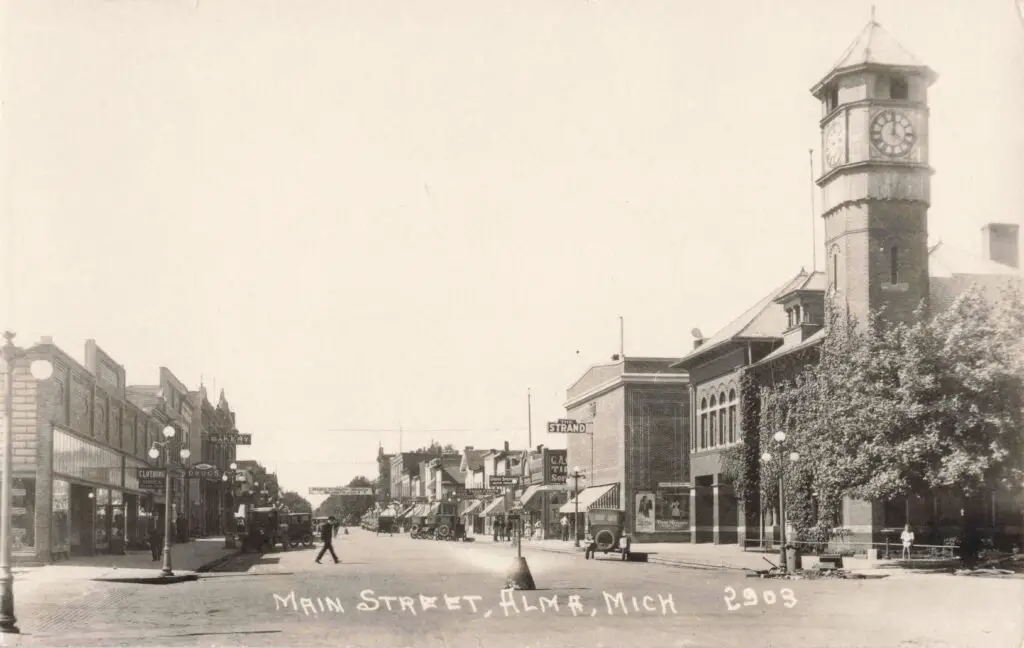
At the turn of the 20th century, Alma, Michigan transformed from a quiet former lumber town into a thriving industrial hub. Sugar beet fields replaced pine forests, and a bustling refinery put Alma on the map for sugar production. Visionary local leader Ammi Wright built mills, factories, and even a college, laying the groundwork for growth. When World War I erupted, Alma’s Republic Truck Company answered the call by producing thousands of Liberty Trucks for the U.S. Army. Meanwhile, the town’s roller mills, canneries, and Swift & Co. plant kept America’s food supply flowing. This narrative shines a light on how Alma’s people and industries – from the Union Depot’s rail traffic to the Michigan Masonic Home’s charitable care – all contributed to the war effort and community life. It’s a story of innovation, patriotism, and early 20th-century spirit in small-town America.
FAQs About Alma Michigan
What is Alma, Michigan best known for?
Alma, Michigan is best known for its early-20th-century manufacturing boom and civic institutions. During World War I, the Republic Motor Truck Company became the nation’s largest exclusive truck manufacturer, producing thousands of Liberty Trucks for the U.S. Army. Alma was also home to a major sugar beet refinery and the Michigan Masonic Home, both symbols of the town’s industrial and community spirit.
What role did Alma, Michigan play in World War I?
Alma played a surprising but vital role in the World War I home-front effort. The Republic Motor Truck Company supplied the Army with heavy-duty Liberty Trucks used across Europe. Local industries such as the Alma Sugar Company and Swift & Co. processed food and raw materials for the war. The town’s factories, farms, and rail lines turned Alma into one of Michigan’s most productive small industrial centers during the war years.
Where can visitors see Alma’s industrial history today?
Visitors can explore Alma’s industrial past at the Gratiot County Historical Museum, which houses artifacts from the Republic Motor Truck Company, the sugar beet refinery, and other early industries. The original Michigan Masonic Home still stands, serving residents since 1911. Alma College and restored downtown buildings also preserve the architecture and civic pride that define the city’s early-1900s heritage.
